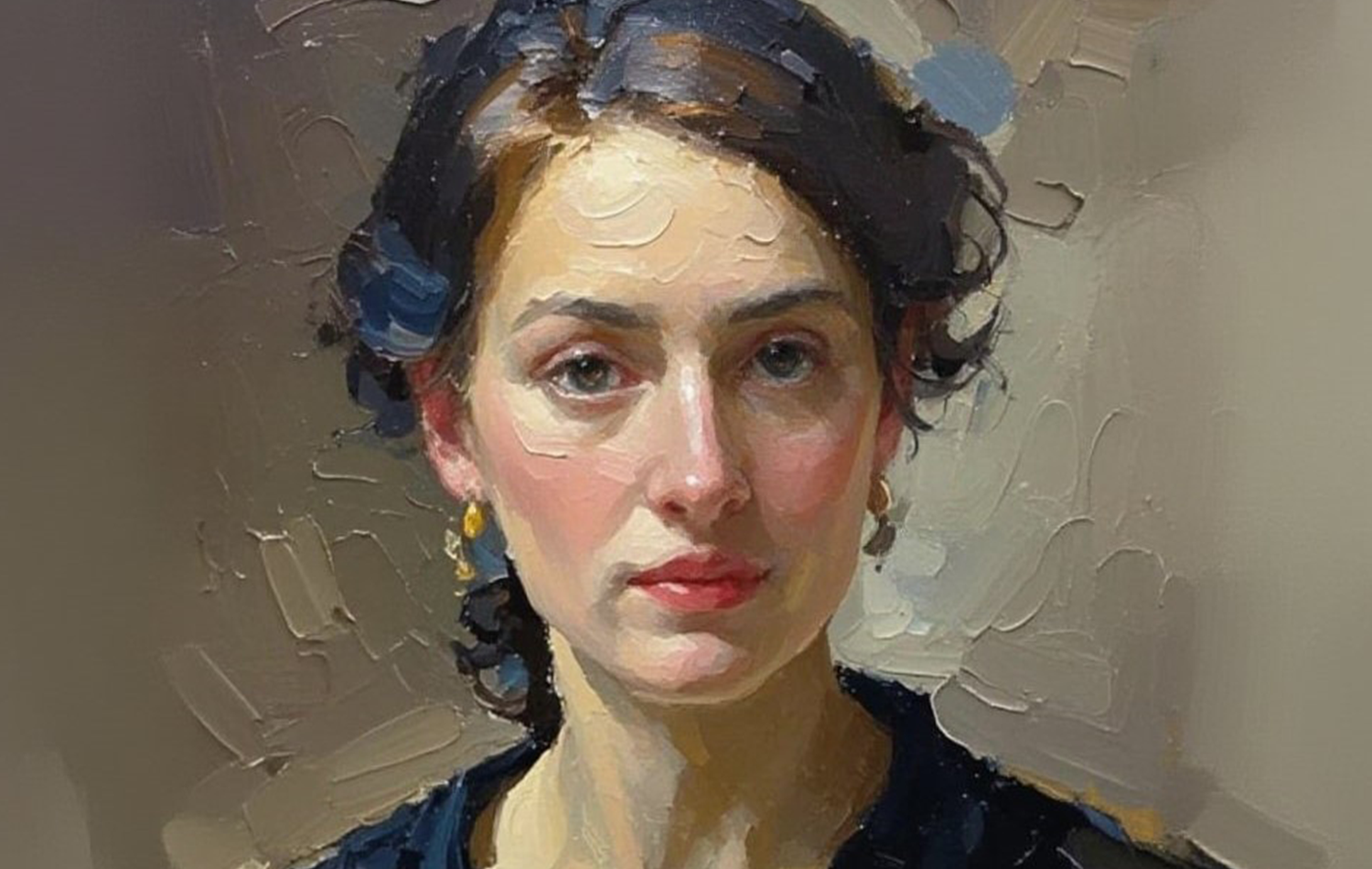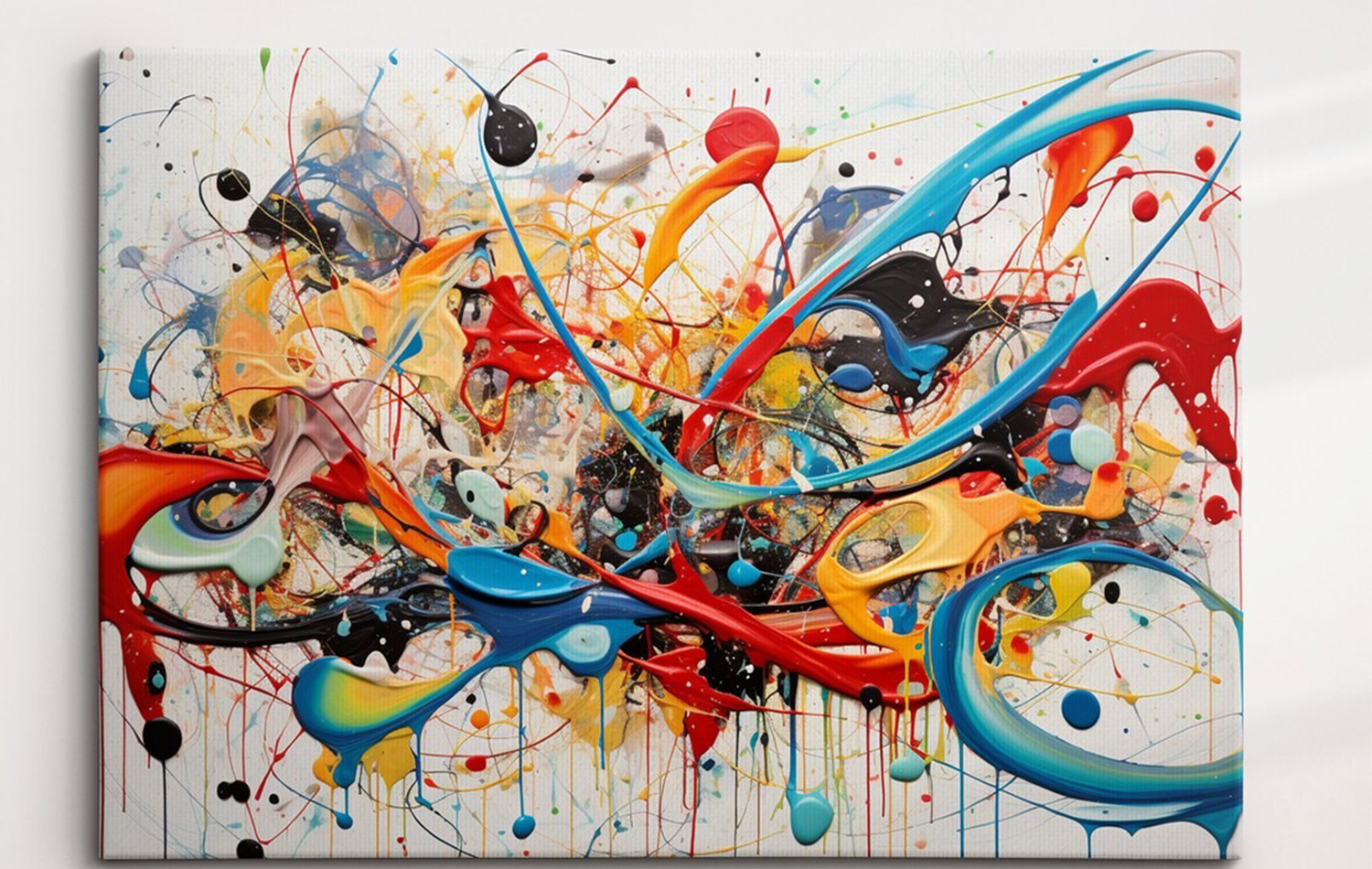
More Than Likeness: The Emotional Depth of a Well-Painted Oil Portrait
We've all seen portraits. Photographs capture an instant—a smile, a pose. But a truly masterful oil portrait transcends mere physical representation. It delves deeper, striving to capture the essence of the subject—their spirit, their emotions, the unspoken story held within their gaze. This is the allure of a hand-painted oil portrait: it's not just about likeness; it's about profound emotional depth.
Beyond the Surface: The Artist's Interpretation
Unlike the objective lens of a camera, the artist's brush is guided by perception and feeling. A skilled portraitist doesn't just observe the subject's features; they study the subtle shifts in expression, the weight of a posture, the light reflecting in the eyes.
In creating an oil portrait, the artist interprets these nuances. The choice of brushstroke—whether bold and textured or soft and blended—the play of light and shadow (chiaroscuro), and even the richness of the oil paint itself become tools to convey mood, character, and inner life. The slow-drying nature of oil paint allows for meticulous blending and layering, perfect for building complex emotions.
The Language of Expression: How Emotion Emerges
A great oil portrait conveys emotion through several key elements:
The Eyes
Truly the "windows to the soul." The direction of the gaze, the catchlights, the subtle rendering of eyelids—all can create an aura of presence, melancholy, joy, wisdom, or vulnerability. Masters wield the eyes to create a startling sense of aliveness.
Composition & Pose
Is the subject seated formally, projecting dignity, or leaning intimately, suggesting introspection? The pose speaks volumes about the subject's state of mind and relationship to the viewer.
Color Palette
Color evokes powerful feelings. Warm golden tones might suggest vibrancy or intimacy. Cool blues and grays might evoke introspection or melancholy. The artist harmonizes colors to set the entire painting's emotional tone.
Texture & Brushwork
Visible, textured brushstrokes can convey energy, passion, or the passage of time. Smooth, blended techniques might suggest serenity or elegance. The very physicality of the paint contributes to the feeling.
The Alchemy: Artist, Subject, and Viewer
The emotional resonance of an oil portrait is born from a special alchemy:
The Subject's Presence
Whether from life or reference, the inherent qualities of the subject form the foundation. The artist captures not just features, but spirit.
The Artist's Empathy & Skill
The artist must not only see but feel the subject and express that feeling through mastery of oil techniques.
The Viewer's Connection
The emotional depth resonates when the viewer feels recognition, empathy, or curiosity. A great portrait invites contemplation, creating a silent dialogue across time.
Why Oil Portraits Endure
In our digital age of fleeting images, the hand-painted oil portrait holds unique and enduring power. It is an object, textured and tangible, a testament to the hours and heart invested by the artist.
This process imbues it with a weight and presence that a pixel-perfect image cannot replicate. The emotional depth it captures isn't instantaneous; it's layered, considered, and painstakingly crafted—making it timeless.
Conclusion: Investing in Essence
Choosing or commissioning an oil portrait isn't just about capturing a likeness. It's an investment in capturing the profound essence of who someone is—or was.
It's about preserving emotion, character, and palpable humanity through the irreplaceable medium of oil paint. Next time you stand before a compelling oil portrait, look beyond the likeness. Observe the subtle interplay of light, color, and brushstroke. Feel the gaze. You might find yourself touched by an emotional depth that transcends the canvas.

